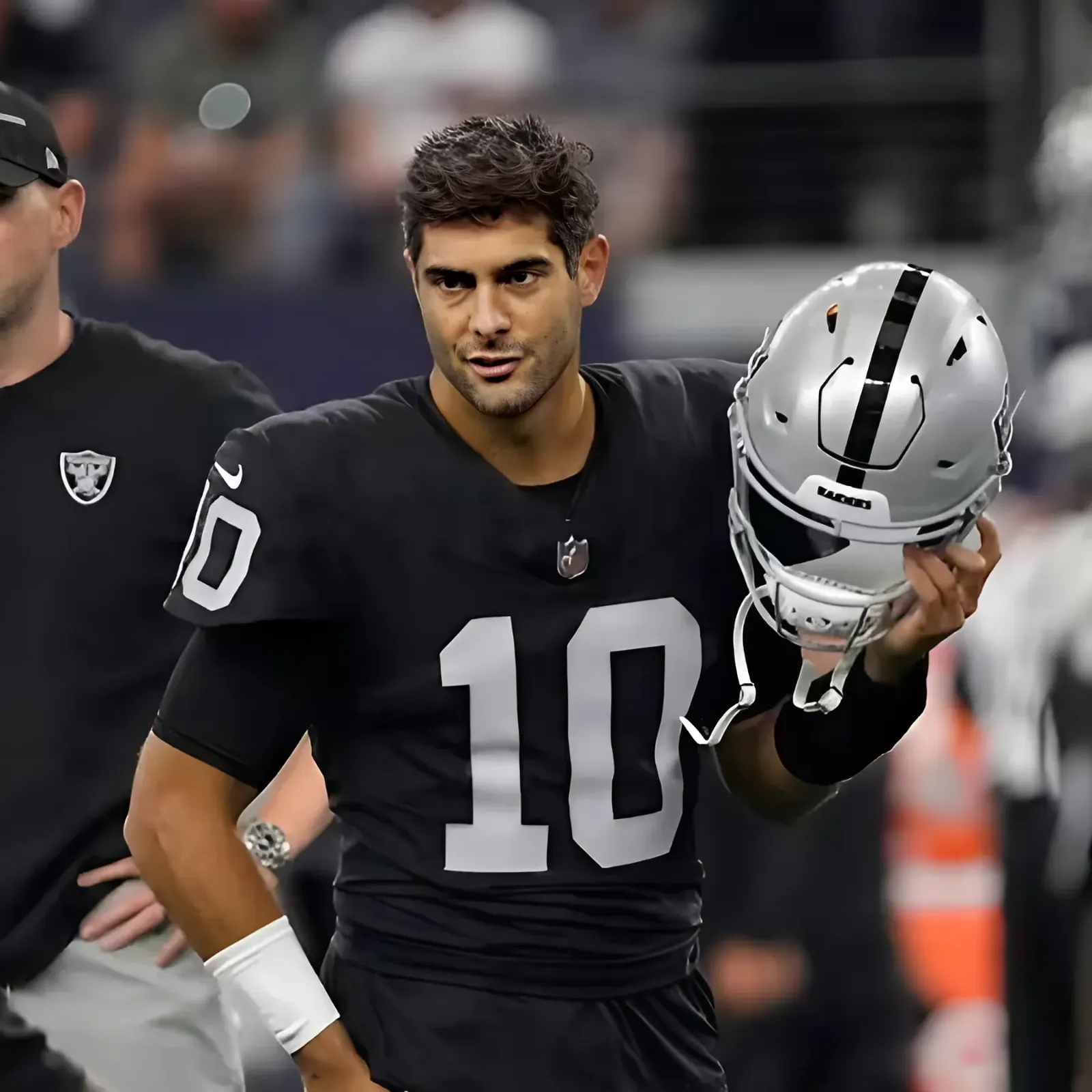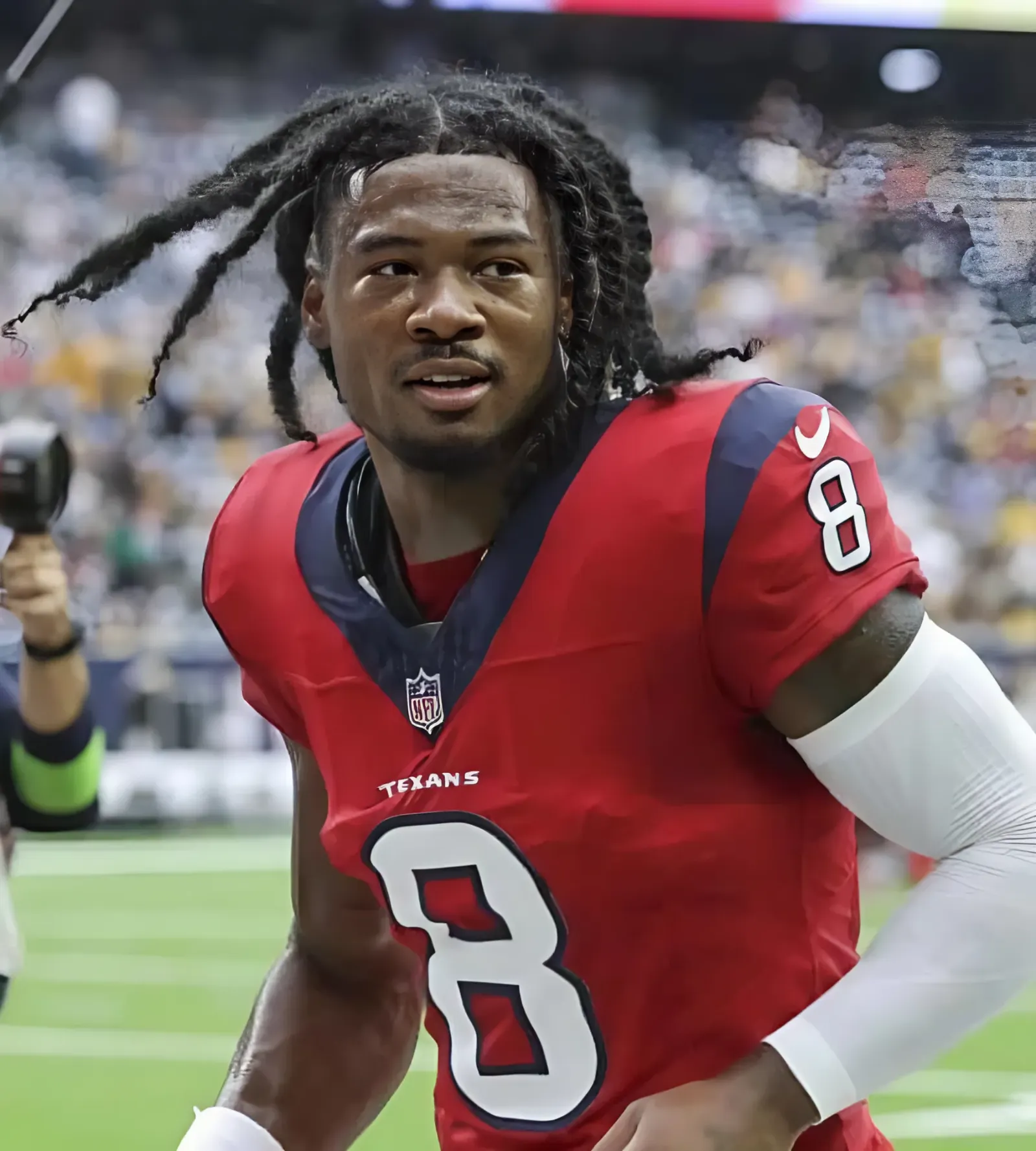
Right now, the Chicago Cubs have to be lumped in with all the other losing teams that were supposed to help pad their record in June. The only big-market franchise in the National League Central woke up Saturday a half-game out of last place — and tied with three teams for the final wild-card spot. Taking off from here will be even more difficult when some of its best players are dealing with issues.
Seiya Suzuki and Nico Hoerner didn’t play in Saturday’s 4-3 loss to the Cincinnati Reds. Cubs manager Craig Counsell told reporters at Great American Ball Park that Suzuki is dealing with soreness on his left side — and not another oblique injury — after getting hit by the ball while stealing second base during Friday’s loss.
Hoerner, meanwhile, has a small fracture in his right hand, though he might be able to play as soon as the pain and swelling subside. These timelines are always subject to change. It was only a few weeks ago that Hoerner did not go on the 10-day injured list to treat his left hamstring tightness, missing six games while the team played short-handed.
Injuries happen. Every team deals with stuff all the time. Getting healthier helps, but that alone likely won’t fix everything. Consider that entering Saturday the Cubs were:
• 7-14 versus opponents in the division.
• 7-2 against the Colorado Rockies, Miami Marlins and Chicago White Sox — three last-place teams — and 24-31 in the rest of their schedule.
• 9-2 in games started by Shota Imanaga, and 22-31 when he didn’t pitch.
• On track to go at least two months in between winning consecutive series.
The next level of the Cubs requires more of Suzuki, whose five-year, $85 million contract represented close to a nine-figure investment when factoring in the posting fee owed to his Japanese club. At the end of Major League Baseball’s lockout in March 2022, president of baseball operations Jed Hoyer identified Suzuki as part of “The Next Great Cubs Team.”
Suzuki takes his craft seriously. He trains intensely. He exhibits all the traits the Cubs look for in an impact hitter. Yet that profile hasn’t translated into reliability or a consistently high level of performance.
Since Opening Day 2022, Suzuki has played in roughly 75 percent of the team’s games, due in part to oblique strains on the left and right sides of his body. Setting aside the inexcusable dropped fly balls in right field, Suzuki’s overall defense still doesn’t rise to the level of a Gold Glove winner such as Jason Heyward. It’s fair to expect more of those game-changing plays.
Suzuki’s deal isn’t an albatross. His production as a Cub has been worth $43.7 million, according to the dollars metric on FanGraphs. He has certainly had some hot streaks and shown the ability to carry an offense. Within his past 10 games, his season OPS jumped 86 points to .783, which would classify him as a solidly above-average hitter.
But none of the names in this lineup jump out right now. Which hitter, if any, is going to put up 30 homers, 100 RBIs and a .900 OPS? If you asked Cubs officials in spring training, Suzuki would have been a popular pick. Taking that next step into October as a 90-win team becomes more realistic if someone puts up a 6-WAR season and gets MVP votes.
Committing a spot to Suzuki — while Ian Happ is under contract through 2026 with a no-trade clause — means the Cubs can’t stick Christopher Morel in the outfield. No one knows which prospects will make it, but the Cubs have an interesting group of potential outfielders in the upper levels of their farm system who appear to be somewhat blocked.
Suzuki described his exit from Friday’s game as precautionary. The Cubs know what it looks like when he’s locked in, decisive with his approach and confident in his swings. From Aug. 18, 2023, until the end of last season, he batted .361 (56-for-155) with 14 doubles, three triples, nine home runs and 33 RBIs. The Cubs need him in that zone.
“There are times when some thoughts start to creep into your head,” Cubs hitting coach Dustin Kelly said recently. “‘Is he going to throw me a slider? Is he going to throw me a fastball? Is the fastball going to be in?’ We try to mitigate those (thoughts) with (the idea of): Just stay in the middle of the field and not guess along with the pitcher. When you’re struggling, you’re trying to find that one pitch, that one swing that makes you get that feeling again. A lot of times if you chase that too much, you’re overthinking some of those at-bats.
“With (Seiya), it’s just like, ‘Hey, your swing is so good that when the ball is in the middle of the zone and you’re on time, great things are going to happen.’ It’s just trying to limit some of those thoughts of getting outside that really basic, simple approach.”
Any extended absence involving Hoerner would be significant because he brings so much to the team with his speed, contact skills and Gold Glove defense at second base. Yet even with Hoerner being largely available this season, the Cubs have graded out as a poor base-running team that plays bad defense.
Hoerner, 27, and Suzuki, 29, should be in the prime years of their careers. Hoyer’s front office factored that into a methodical rebuild that prioritized well-rounded players over stars, flexible contracts over megadeals and patience over sizzle. The 2024 Cubs still have 97 games to find their level.
“That means that seasons for any team are not written yet,” Counsell said. “There’s teams that have made it easier on themselves. There’s teams that have created some margin for error. But that’s just how the season is. Nothing’s been written for any of these teams. That’s how I see it. You decrease your margin for error when you lose games. That’s kind of where we’re at.”



